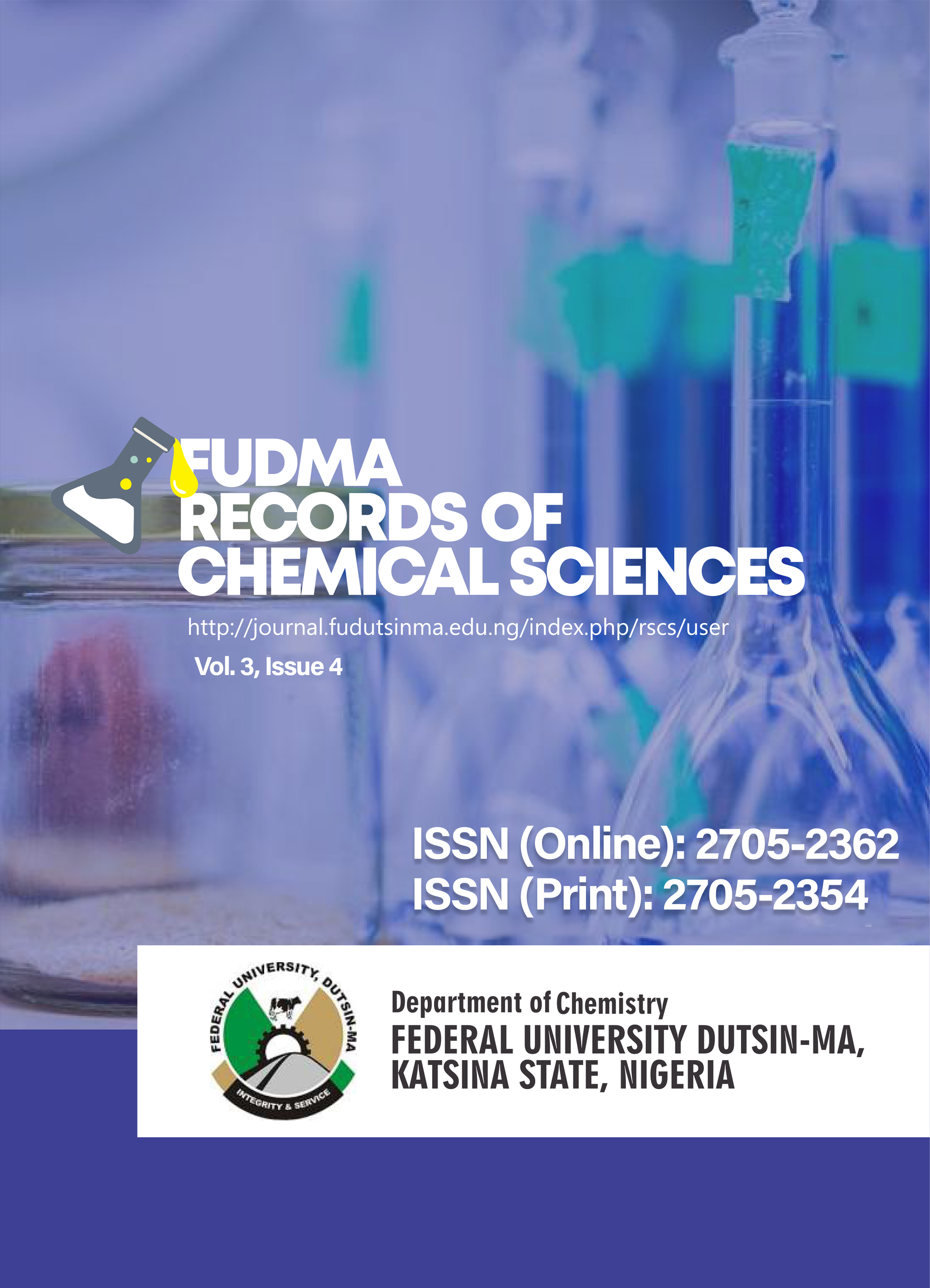Molecular Docking and Dynamics Studies of Novel Pyrrolone Derivatives as Promising Inhibitors of Plasmodium falciparum
DOI:
https://doi.org/10.33003/Abstract
Malaria continues to be a significant global health challenge, with 247 million cases and 619,000 deaths reported in 2022, primarily in sub-Saharan Africa, underscoring the urgent need for effective therapies.This study investigates the potential of pyrrolone derivatives as novel inhibitors of Plasmodium falciparum dihydrofolate reductase-thymidylate synthase (PfDHFR-TS) for malaria treatment. Using a structure-based drug design approach, 38 known pyrrolone derivatives with potential against PfDHFR-TS were screened to identify a lead candidate for the development of new potential drug candidates with improved binding affinity. Compound 31 was selected as the lead compound, and docking simulations guided the design of six new inhibitors. Among these, compound D5 exhibited the highest binding score of -172.577 kcal/mol, a Re-rank score of -132.753 kcal/mol, and a hydrogen bond energy of -9.550 kcal/mol. A 100-ns molecular dynamics (MD) simulation further revealed that compound D5 showed stronger binding affinity and greater stabilizing potential compared to the apo-protein, as indicated by root mean square deviation (RMSD), root mean square fluctuation (RMSF), radius of gyration (Rg), and Solvent Accessible Surface Area (SASA) analyses. Additionally, the designed compounds displayed promising pharmacokinetic profiles based on drug-likeness and ADMET property studies. Consequently, these compounds have potential as novel PfDHFR-TS inhibitors, pending further preclinical and clinical studies to verify their efficacy and safety.






